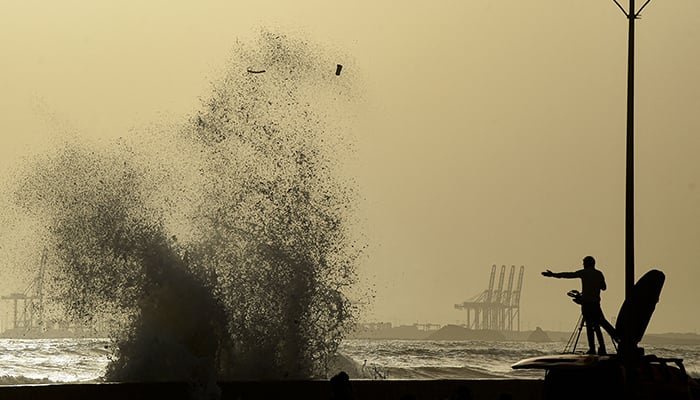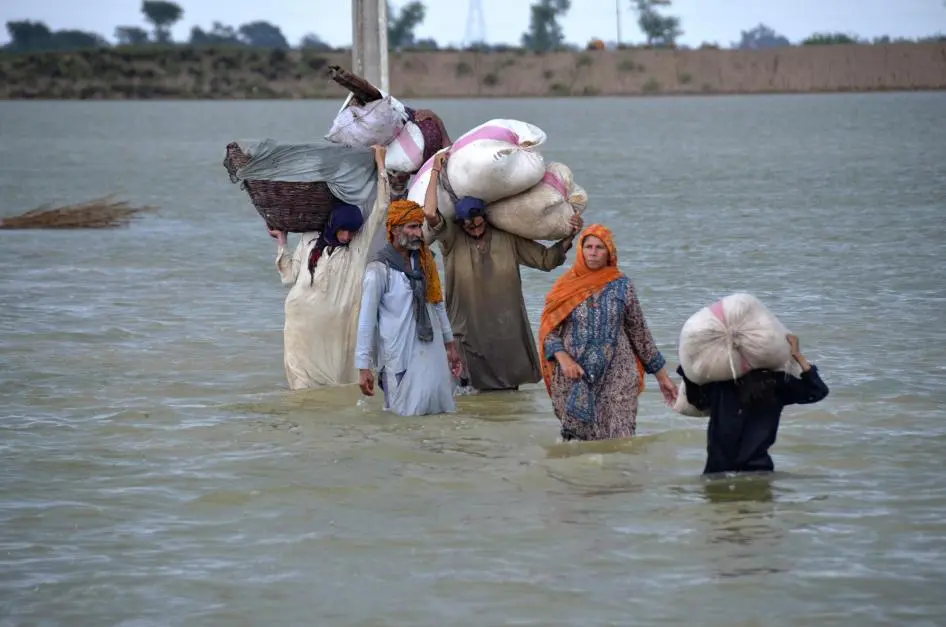Although cyclonic storm Biparjoy did not heavily impact Karachi’s coastline as anticipated, it has resulted in significant amounts of trash on the beaches of Karachi, Jiwani, and Keti Bandar.
The cyclone-induced mudslides in the sea have led to the deposition of garbage on the seashore, exacerbated by the effects of climate change, wind speed, and moonlight causing storm waves.
The beaches are now littered with various items, including large wooden planks and substantial quantities of plastic, resulting in pollution and an unpleasant odor.
Environmental organizations are urging the local administration to promptly remove the litter from public beaches.
Pakistan’s Coastline Blanketed by Sea Shells
While Biparjoy has subsided, its aftermath is visible on Karachi’s beaches.
The cyclone’s high waves have caused an abundance of Indo-Pacific species of oysters, known as Atrina pectinata, to detach from rocks and wash ashore. These oysters, also referred to as fan shells, have various types found in Pakistan.
The oysters are valued for their meat and are exported to Southeast Asian countries.
These oysters are commonly found along the muddy and sandy beaches of Pakistan’s coastline, often attached to rocks. Their shells can occasionally contain hidden black pearls.
The oysters are abundant on the beaches of Clifton, Ibrahim Hyderi, and the creek system of the Indus Delta in Karachi, and they also wash up on the shores of Ormara, Pasni, Gwadar, and Jiwani.
Read more














